TLMW, SA, and I watched 12 movies in 4 days at Sundance this year. We generally pick as many documentaries as we can and don’t try to get into the movies that generate the most hype; a) because they are obviously hard to get into and b) they have the highest probability of becoming available in theaters or on Netflix etc. later on. We prefer documentaries because we have seen some really bad dramas there in the past. Forcing oneself to sit through some incomprehensible, self-indulgent film school crap kind of spoils the whole experience. It’s hard to go wrong with documentaries. That said, the ticketing at Sundance is a complex affair and getting exactly the films one wants is often a crap shot, so inevitably one has to make do with what one gets. One thing about seeing so many movies in such a short time is that one gets into a sort of “Sundance state of mind.” On the bad side, story lines begin to blur into one another as one tries to remember what one has already seen (though this can be quite a trip on occasion when doung inadvertent mash ups). On the good side, with so many movies from different places one begins to feel more “of this world” than by just reading the world news section in the NYT (also see the Ebert quote below). I have always thought that one of the best things about Sundance is the queuing. One learns a lot from others in line and can have some of the best conversations there. (This article in the Guardian summarizes that experience very well.) On to this year’s films:
Rich Hill (★★★★★)
– A very subtle ethnographic film that explores the lives of three adolescent boys living in the rural Missouri town of Rich Hill, who try to overcome their struggles with poverty. A touching movie that just let the camera linger on scenes without ever editorializing. It’s important that films like this keep getting made.
– Trailer: http://vimeo.com/74987674
The film won the grand jury U.S. documentary prize at Sundance this year.
All the Beautiful Things (★☆☆☆☆)
– An elaborately staged story of a friendship thrown totally off course by real and alleged domestic violence. The narcissism of this film was so thick that even interesting ideas drowned in it. Shot on 35mm, the film is good-looking in a commercial way: colored lights illuminate rain-slicked NYC streets as steam billows up from the … pretty cliché factory. But all the atmosphere and buildup couldn’t gloss over the fact that nearly nothing of substance was being communicated in the film that is important to anyone other than the two men in the film. Among its most fatal flaws were: 1) the director evidently never could make up his mind whether he wanted to do a story in comic book format, Dinner with Andre-style, Jazz video, documentary, drama or whatever else; each of these formats was interesting but mixed together they didn’t work at all; 2) it’s pretty disturbing to do a stylized and precious account of one’s own life and call it a documentary; 3) the roles of women in the film were ridiculously subservient to the male-dominant plot; 4) the treatment of domestic violence was distasteful at the very least; 5) and perhaps worst of all, don’t ever use Coltrane’s sublime and spiritual A Love Supreme as the score for a self-indulgent friendship!
– Trailer: http://www.youtube.com/watch?v=wSk6S-IyDuU
We Come As Friends (★★★★★)
– Critical perspective about the split of Sudan and subsequent conflict. Complex interests of religion, governments, business, and people. The documentary showed the effects of continuing colonialism in Sudan, motivated primarily by control over its oil. The shaky, handmade two-seater plane (“a flying tin can”) specially built for the film was a superb way of capturing an aerial view of the conflict in Sudan and amazing footage in remote places. Very Herzog-ish story-telling overall. The French-Austrian director’s Q&A session was brilliant.
– Article: http://www.hollywoodreporter.com/review/we-come-as-friends-sundance-673883
The film won the World Cinema Documentary Special Jury Award for Cinematic Bravery at Sundance this year.
Return to Homs (★★★★★)
– Harrowing documentary account of the effects of civil war in Syria and particularly the destruction of the city of Homs by government forces. The film follows a small group of rebel fighters who want to free their besieged city. They start with large, peaceful demonstrations and progressively turn to more and more armed resistance. Scenes of the utter destruction of the city and of brutal street fighting are shocking. The Syrian director and producer were also excellent in the Q&A session.
– Trailer: http://www.youtube.com/watch?v=oYMhVE2iJCk
The film deservedly won The World Cinema Documentary Grand Jury Award at Sundance this year.
No No, A Dockumentary (★★★★☆)
– About Dock Ellis, the 70’s MLB pitcher renowned for his voluminous drug intake and pitching a no-hitter while on LSD. No No was spectacular. Not only because of Dock himself, but also because of all his friends that were interviewed. The film showed Dock on camera tearfully reading out loud a letter Jackie Robinson had written to him. The whole thing was a very funny, moving, and important bio of the Muhammad Ali of baseball. This is as good as documentaries get – while telling one person’s strange life story it ultimately reveals a much deeper tale of courage, survival, and redemption.
– Trailer: http://www.youtube.com/watch?v=YIZ5TXjnml4
I Origins (★★★★★)
– A very poetic film about science and faith without ever crossing the line into pseudo philosophical hokeyness. Well-acted and beautifully shot and with a nice, meandering storyline and atmosphere not unlike Wim Wenders’ movie Until The End of the World. This film will be in theaters for sure.
– Article: http://www.hollywoodreporter.com/review/i-origins-sundance-review-672274
The film won the Alfred P. Sloan Feature Film Prize at Sundance this year.
Jamie Marks is Dead (☆☆☆☆☆)
– THE rotten apple of the bushel at this year’s festival!! Just an out-and-out horrible film. If you’re into homoerotic ghost stories for teens with a Harry Potter look-alike in dirty underwear, this one may be for you. How this film was selected by Sundance is a mystery worthy of making a documentary about.
Watchers of the Sky (★★★★★)
– Definitely the most important film this year at Sundance. Mostly about Raphael Lemkin who not only coined the term ‘genocide’ but whose perseverance assured a UN convention that eventually led to the creation of the International Criminal Court in The Hague. Didn’t know that the legal term of crimes against humanity evidently implied only war time atrocities and therefore necessitated the term genocide to also cover senseless slaughter of people by a sovereign nation during ‘peaceful times’. The documentary was expertly narrated, for the most part by Samantha Powers, and used animation and live-action to tell five interwoven stories of courage in facing genocide from the Nuremberg trials to Rwanda, Darfur, former Yugoslavia, and to Syria. It should be shown in schools and public squares the world over! How Lemkin never won a Nobel Peace Prize after 8 nominations leads one to believe that the award is a sham.
The film won the U.S. Documentary Special Jury Award for Use of Animation at Sundance this year.
Land Ho! (★★★☆☆)
– Charming though somewhat inconsequential comedy about two old friends going on a trip to Iceland. The actor playing the character of Mitch in the film apparently was an actual surgeon in Louisiana and had never acted in anything before. Best line: “That dish tastes so good, it’s like angels pissing on your tongue.”
Cesar’s Last Fast (★★★☆☆)
– Portrait of Cesar Chavez, founder of the United Farmworkers Union, which cuts between a recap of his overall career and a more detailed chronicle of the 36-day protest fast he undertook in 1988. Not much new in the film but the archival footage of his fast and funeral a few years later, shown here for the first time, were very touching.
– Director Interview and Clip: http://www.youtube.com/watch?v=RC7W4v5cZR0
Freedom Summer (★★★★★)
– This film was outstanding start to finish. Exceptionally well crafted. I’ve seen so many documentaries on the civil rights movement that I was wondering beforehand what more could be brought to the table – and I was amazed at the amount of new information and perspectives presented. It covered the campaign that was launched in 1964 to register as many African-American voters as possible in Mississippi, which had historically excluded most blacks from voting. The project also set up dozens of Freedom Schools, Freedom Houses, and community centers in small towns throughout Mississippi to aid the local black population. Recent interviews with student volunteers from that time were juxtaposed with amazing archival footage. The film surprised me with some of its historical details similarly to the film “Slavery By Another Name” which we saw at Sundance a couple of years ago and which is now also available on PBS in its entirety.
– Trailer: http://vimeo.com/83539844
The film has been purchased by PBS and will appear on American Perspectives later this year.
Life Itself (★★★★★)
– A fitting end to a great run of films at this year’s Sundance Film Festival. Beautiful and moving biopic of Roger Ebert who passed away last year. Some of the scenes showing Ebert’s facial deformities from cancer toward the end of his life were very hard to watch. Great interviews with some of the people who knew him best provided some funny anecdotes. E.g. I knew about Ebert writing the screenplay for the soft porn parody “Beyond the Valley of the Dolls” but I had no idea of Siskel’s stint as a regular in the Playboy Mansion. I hate to admit it but I used to think of Ebert as a sort of windbag for a long time and I mostly sided with Siskel on the movies I actually cared for. But I grew to really appreciate Ebert for his profound humanity and wit on the blog he was writing in his later years when he was too debilitated to regularly appear on TV. Martin Scorsese, who is he Executive Producer of the film put it well here. “Movies are the most powerful empathy machine of all the arts. When I go to a great movie, I can live somebody else’s life a little bit for a while. I can walk in somebody else’s shoes. I can see what it feels like to be a member of a different gender, a different race, a different economic class, to live in a different time, to have a different belief.” (Roger Ebert in his autobiography Life Itself) What he said! That is exactly why I love going to Sundance where the opportunities to do precisely that are so plentiful!! “I’ll see you at the movies.”
– Article: http://www.hollywoodreporter.com/review/life-sundance-review-672554
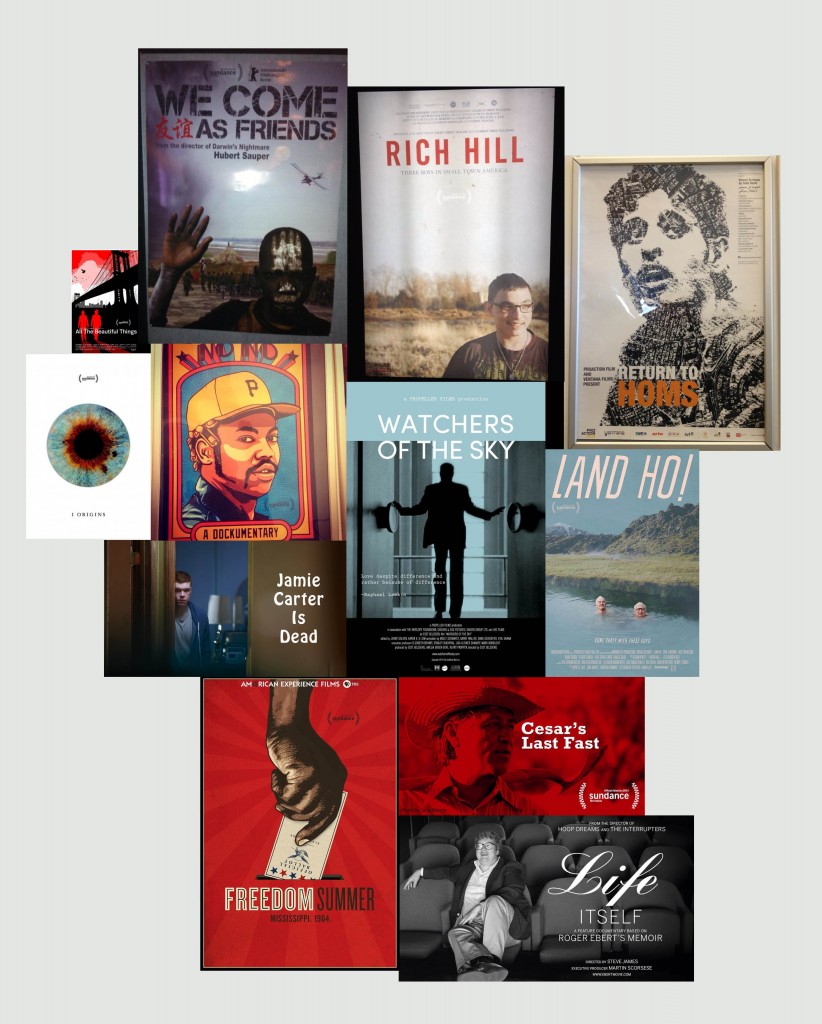
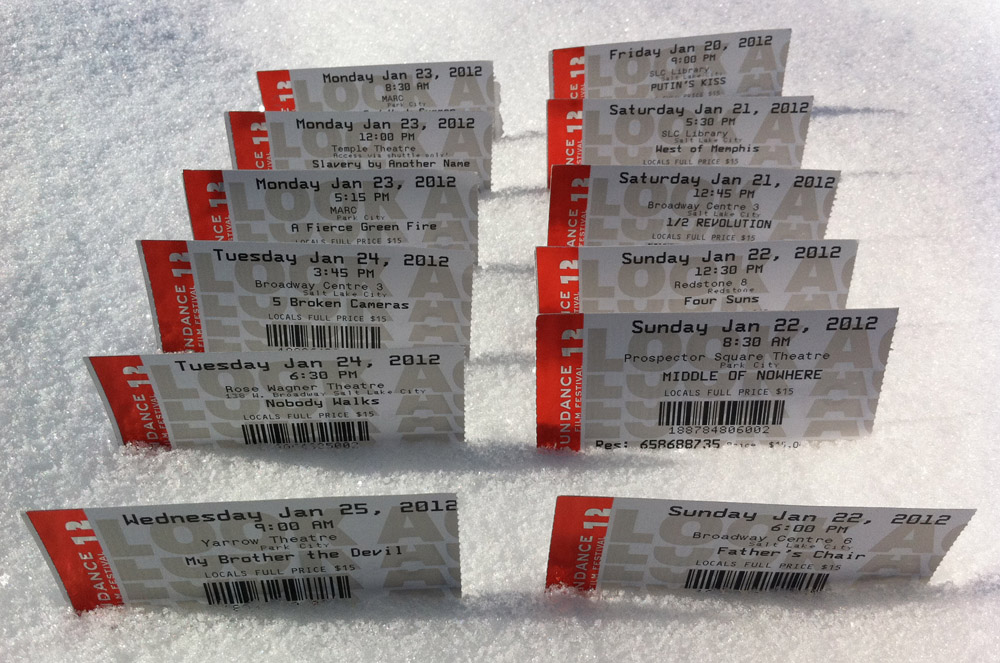
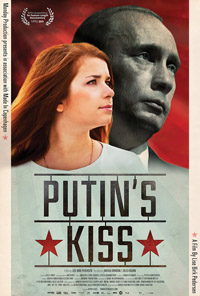
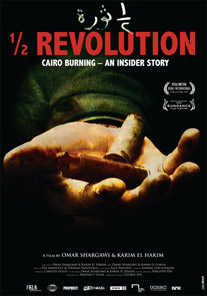
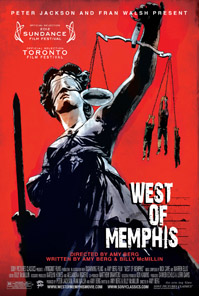
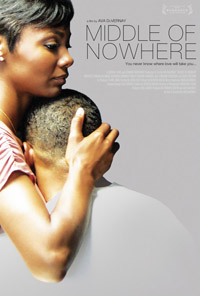
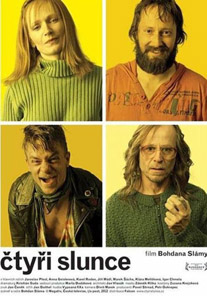
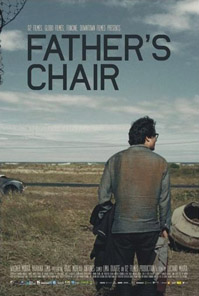
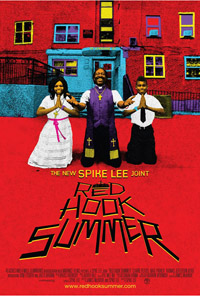
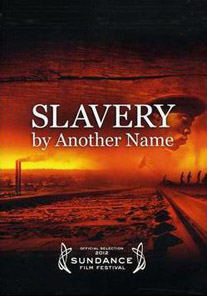
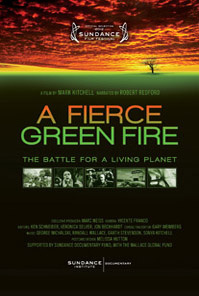
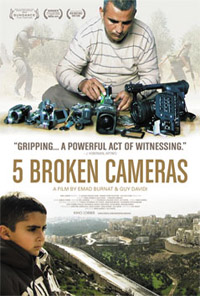
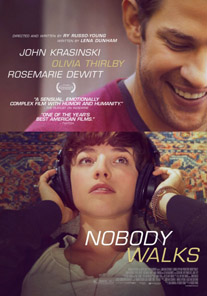
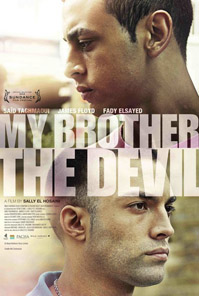

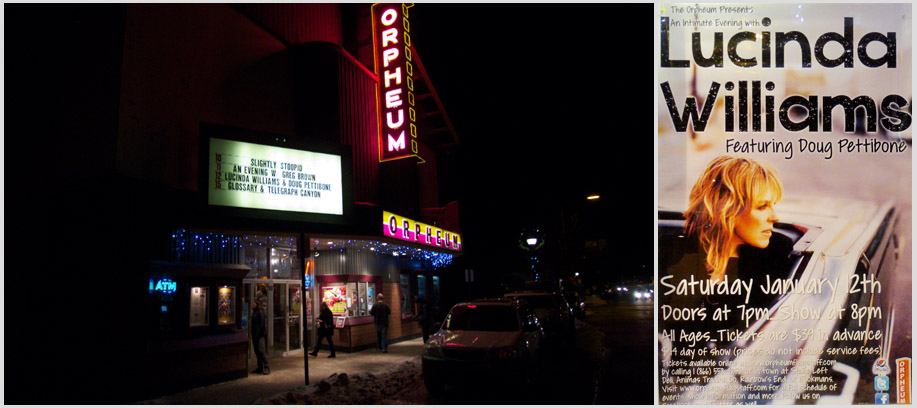
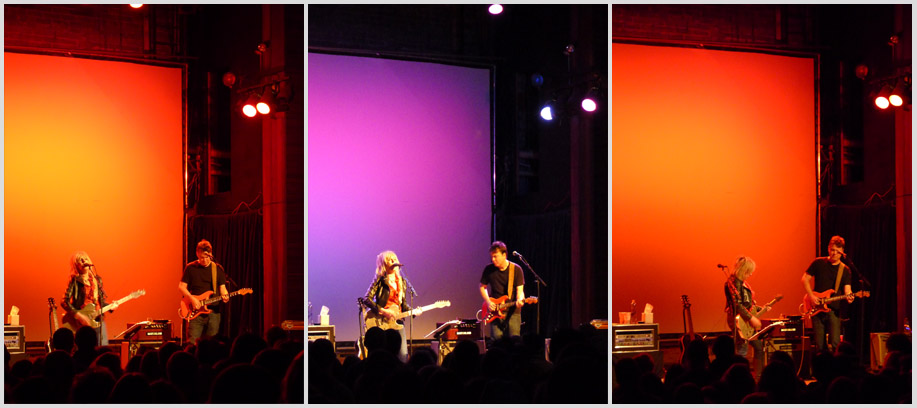



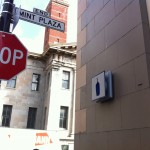



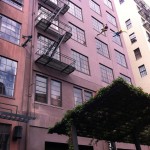
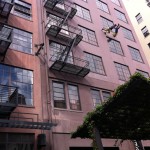
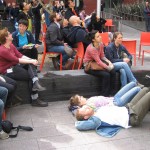







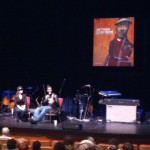




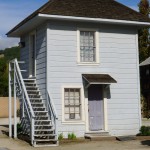
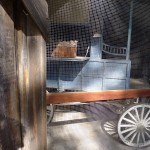


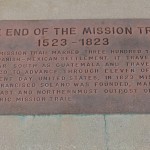
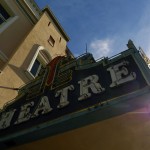
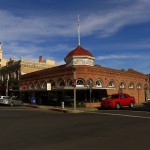
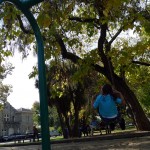






















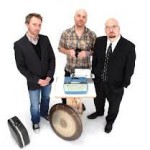
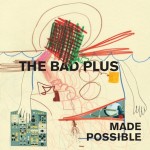
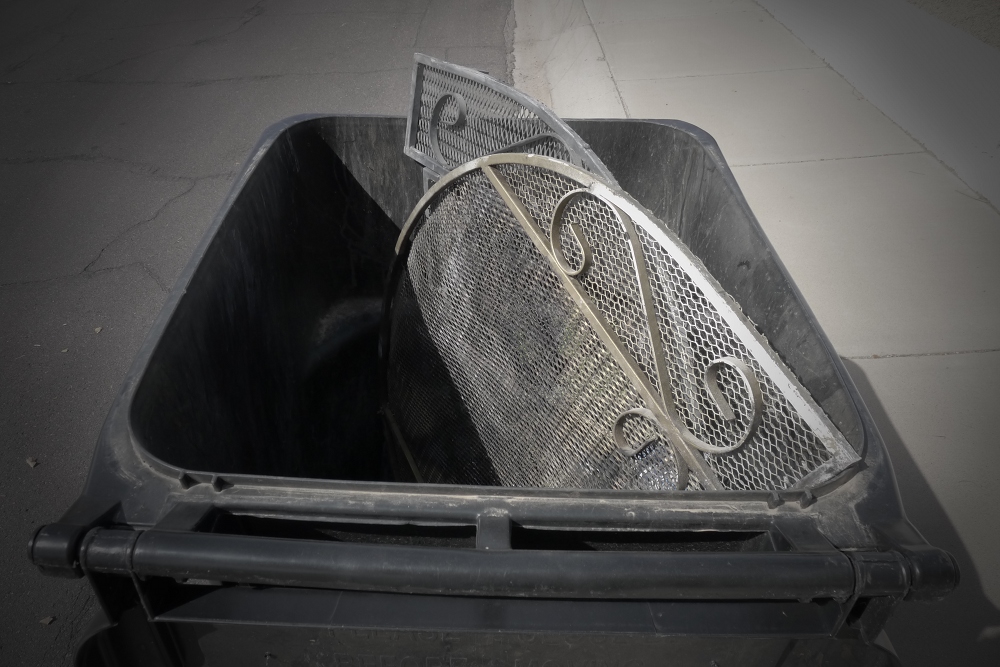
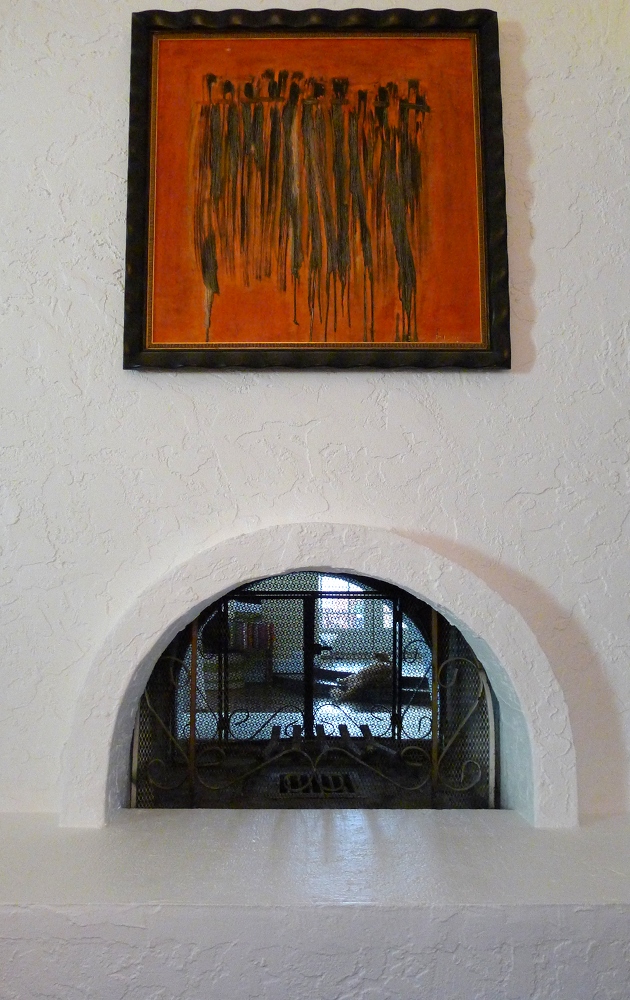
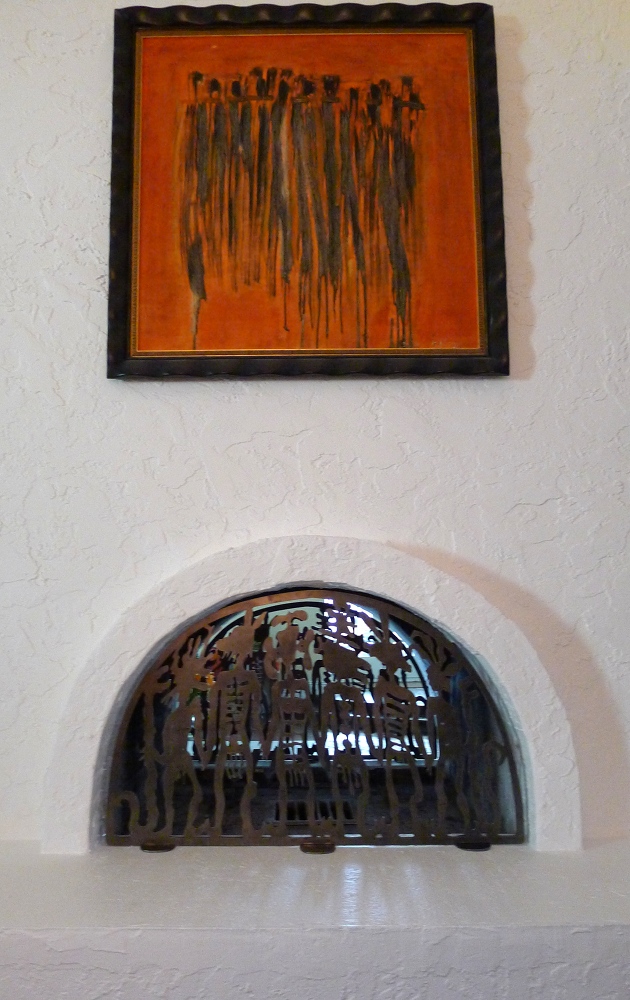


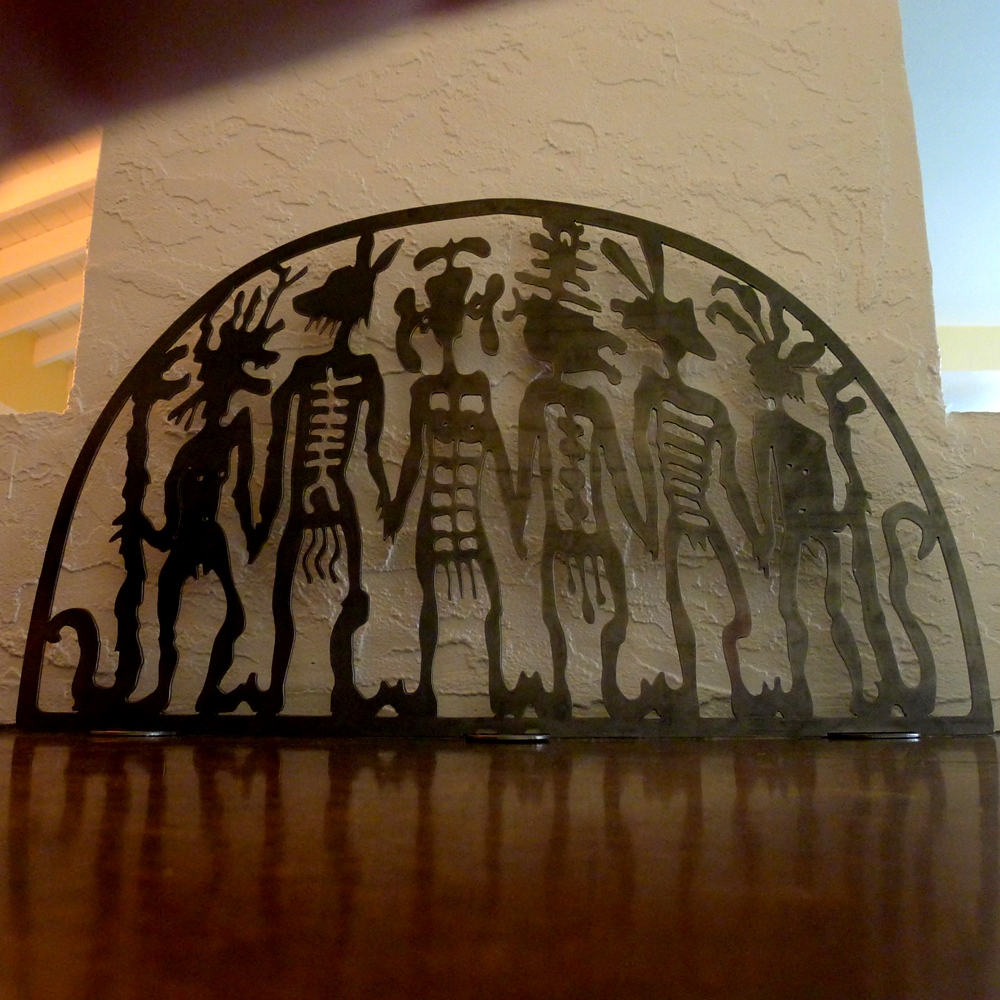
 Second to last
Second to last